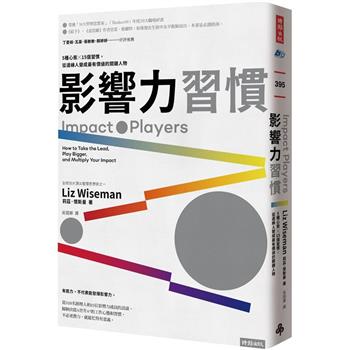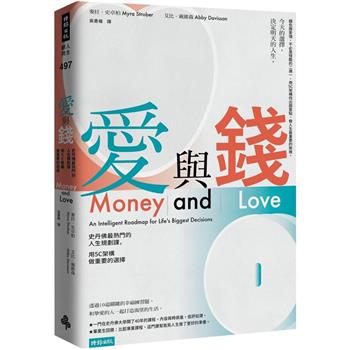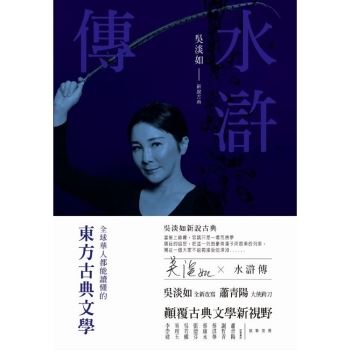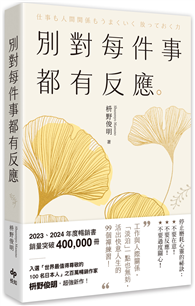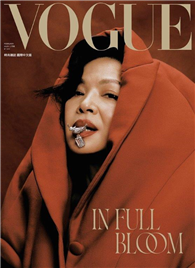"The mandala in Nichiren Buddhism" is the first comprehensive analysis of Nichichiren’s mandalic corpus in English. As the total number of pages in a single volume would reach over 700, the book has been divided into three parts. This second volume covers the analysis of Nichiren’s moji-mandala in the Kōan years from 1278 to 1282, the period of his full maturity. The Kōan era represents the peak of Nichiren’s works, both from the viewpoint of his philosophy and aesthetics, such as calligraphy, composition style as well as the level of organization of Nichiren’s sangha. The early Hokke confraternity centered on Nichiren, was a highly organized and functional group, with a systemized logistics and communication network, covering several provinces around the Japanese archipelago even during Nichiren’s exile on Sado Island. Once he transferred to Minobu, his group grew larger and became exceptionally efficient and dynamic.
| FindBook |
有 1 項符合
The mandala in Nichiren Buddhism, part two: Mandalas of the Kōan period的圖書 |
 |
The mandala in Nichiren Buddhism, part two: Mandalas of the Kōan period 作者:The Nichiren Mandala Study Workshop 出版社:Lulu.com 出版日期:2014-03-29 語言:英文 規格:平裝 / 312頁 / 29.69 x 21.01 x 1.65 cm / 普通級/ 初版 |
| 圖書館借閱 |
| 國家圖書館 | 全國圖書書目資訊網 | 國立公共資訊圖書館 | 電子書服務平台 | MetaCat 跨館整合查詢 |
| 臺北市立圖書館 | 新北市立圖書館 | 基隆市公共圖書館 | 桃園市立圖書館 | 新竹縣公共圖書館 |
| 苗栗縣立圖書館 | 臺中市立圖書館 | 彰化縣公共圖書館 | 南投縣文化局 | 雲林縣公共圖書館 |
| 嘉義縣圖書館 | 臺南市立圖書館 | 高雄市立圖書館 | 屏東縣公共圖書館 | 宜蘭縣公共圖書館 |
| 花蓮縣文化局 | 臺東縣文化處 |
|
|
圖書介紹 - 資料來源:博客來 評分:
圖書名稱:The mandala in Nichiren Buddhism, part two: Mandalas of the Kōan period
|

